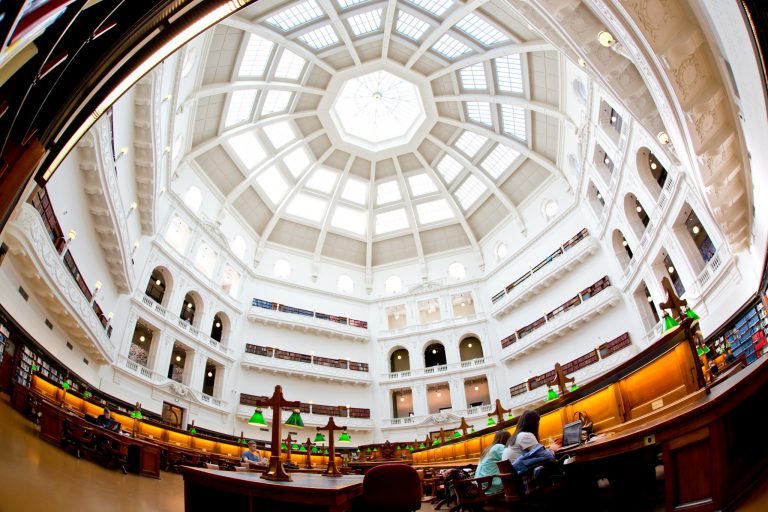
The Australian government will continue to push for its controversial new education reforms, despite the bill’s initial defeat in the senate on December 2, by 33 votes to 31.
The reforms, seeking to uncap student tuition fees also proposed a 20% cut to university funding, and introducing real interest rates onto student loans. Universities will however still be able to set their own tuition fees from January, 2016, heralding a confusing period of deregulation for the sector.
Despite efforts to please crossbenchers through promises of amendments, the reforms’ failure to gain support of the Palmer United Party (PUP) saw it blocked before the second reading stage. Parties Labor and the Greens did not show support for the changes, either.
Minister for Education Christopher Pyne however remains confident that the revised reforms will glean crossbench support, and will present an amended bill that has scrapped the plan to charge higher interest on student loans, and introduces a five-year interest rate pause scheme for new parents dealing with HECs debts.
Kim Carr, Labor’s higher education spokesman has said that the plans were not about reform, but were rather a “blatant attempt” to take large amounts of money away from public universities, and increase strain on students and families. In turn, PUP senator Glenn Lazarus has affirmed his party’s position, saying that “No amount of texting, chocolates and red roses from Christopher Pyne is going to change my mind”.
Conceived with the sustainability of the sector in mind, the changes seek to sustain universities against rising costs, lowered per-student funding and the pulls upon resources wrought by uncapped student numbers, and have been largely supported by the Australian HE sector.
University of Adelaide vice-chancellor and president Warren Bebbington told Times Higher Education that “those who opposed the reform failed to offer any real alternative leaving in place a funding system unsustainable in the long term so long as taxpayers are not prepared to massively increase their contribution”.
“In the price-regulated system, the only way universities can deal with rising costs is to enrol more and more students. Classes get bigger and bigger, and the education more and more impersonal”.
Other Group of Either university vice-chancellors that have previously expressed fears that the government would cut university research budgets if the reforms didn’t go ahead have also pledged their support.
UA chief executive Belinda Robinson has however voiced concerns that the cuts would put “significant upward pressure on student fees”. Beneath the changes, fees have been predicted to exceed AUD100, 000.
Mr. Pyne has responded to concerns of excessive fees in an interview with Sky News, saying that “if a university decides to charge exponentially higher fees they will have empty lecture theatres and empty tutorials because part of this of course is the expansion of competition, the capacity to competition price”.
Against sector fears that degrees priced at AUD100, 000-AUD200, 000 will cause a huge spike in HECs debt and prevent students from being able to pursue a tertiary education, National Treasurer Joe Hockey has touted the growth potential the reforms allow for Australian universities, telling The Daily Telegraph that “with greater autonomy universities will be free to compete and improve the quality of the courses they offer”. In an address to Monash University, Mr Hockey also added: “Currently taxpayers pay AUD6 for every AUD 4 that students pay”. Budget documents have made clear that the cost of maintaining Australian higher education institutions is rising unsustainably.
The National Commission of Audit reports that since uncapping places, universities have incurred additional costs of AUD6.5 billion, between 2012 and 2017. The average HECs debt is valued at around AUD16, 000, but around AUD7 billion of taxpayer funded loans have been named unlikely to be repaid. Student numbers have been uncapped since 2012.
Beneath the current HECs system, students are able to finance the first 7 years of their full-time study through a loan system, in which fees are typically repaid through the tax system once you begin earning above a certain amount. The interest rate will jump to 2%, and grow to a maximum of 6% from July 1, 2016. Currently there is no interest rate on HECs student loans.
Students already enrolled at Australian universities will be unaffected by the changes until 2020. Beneath the changes, students will still pay zero course fees up front.
The revised bill is expected to be debated in February, when parliament resumes.







